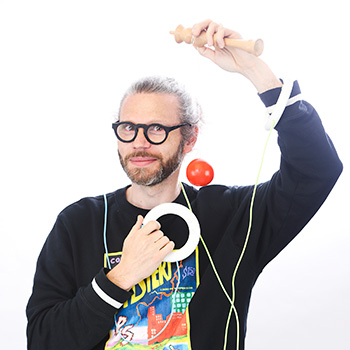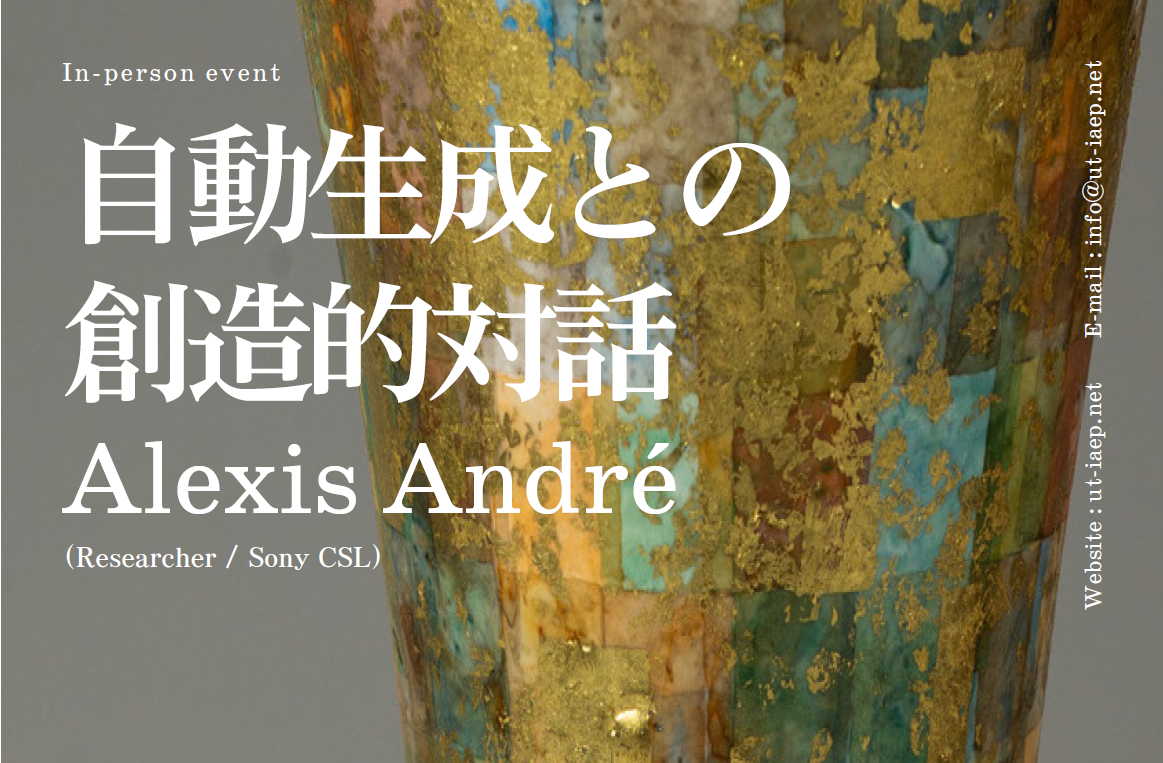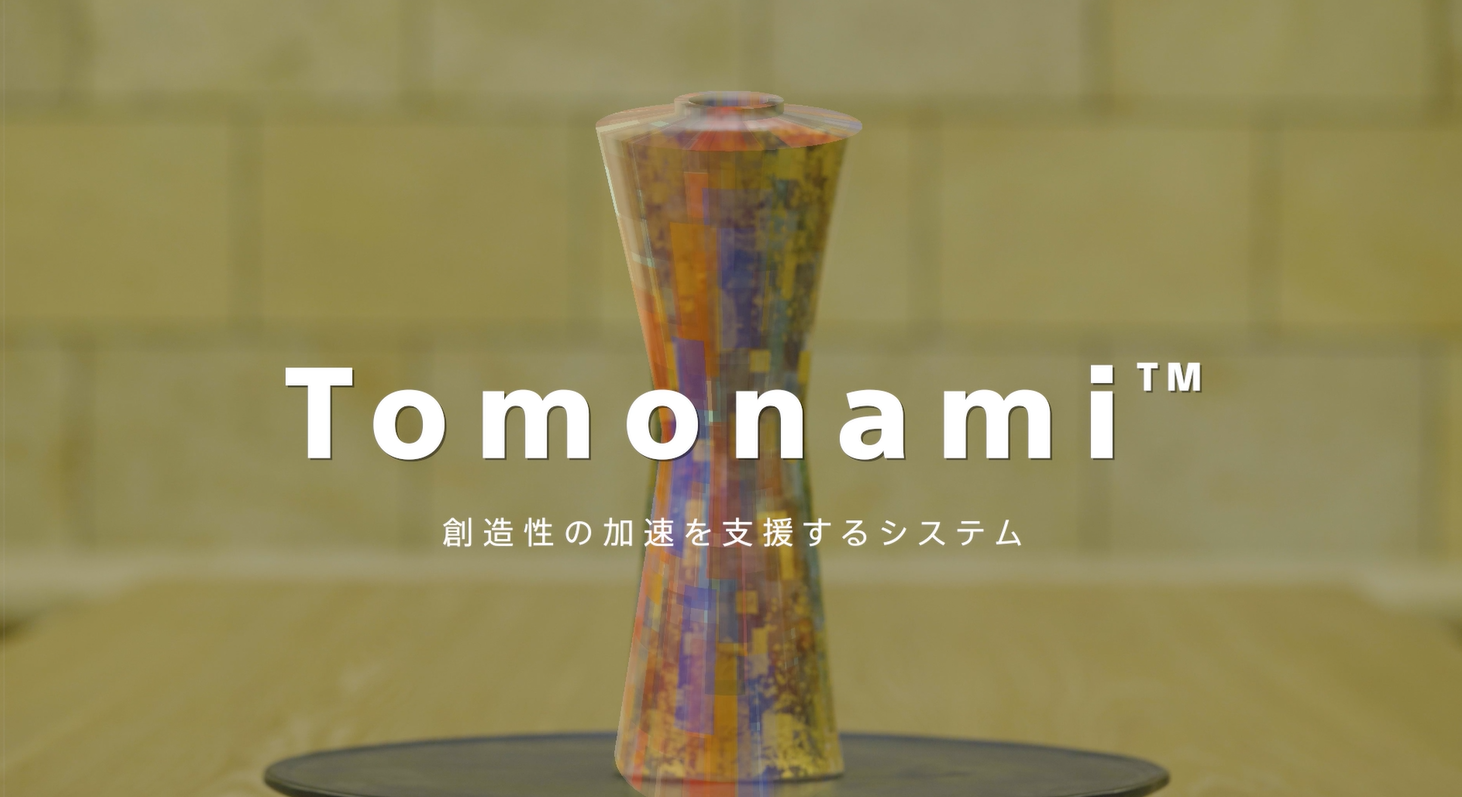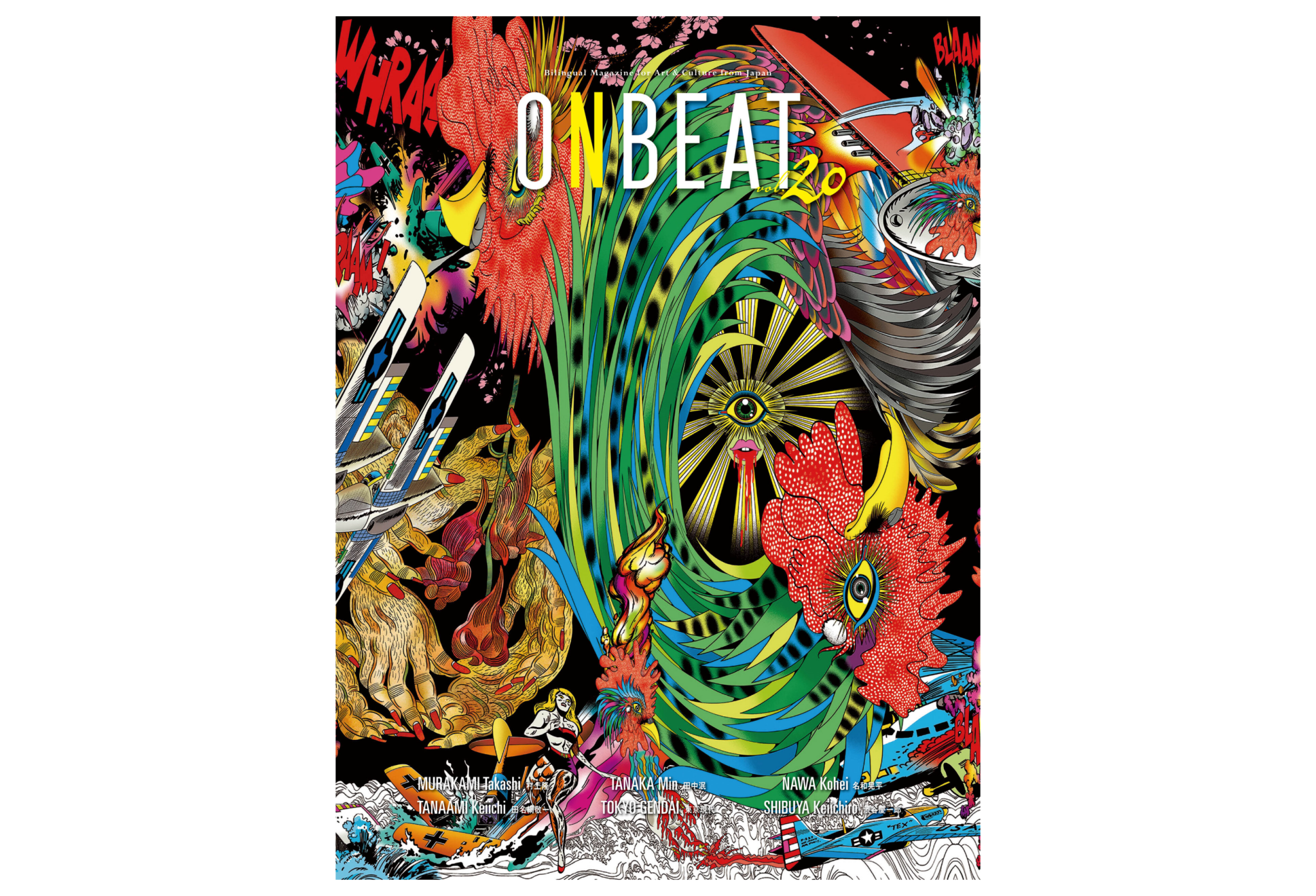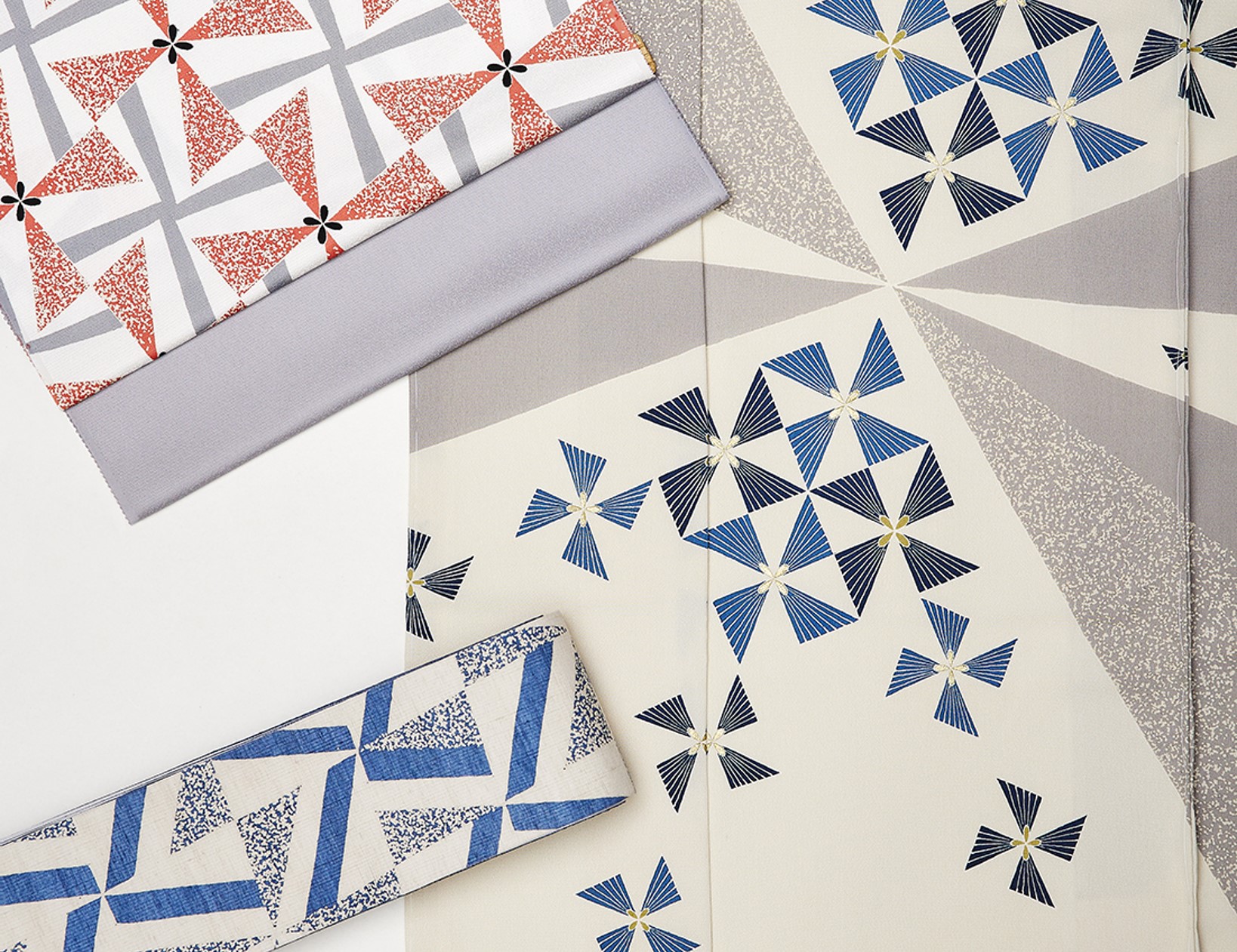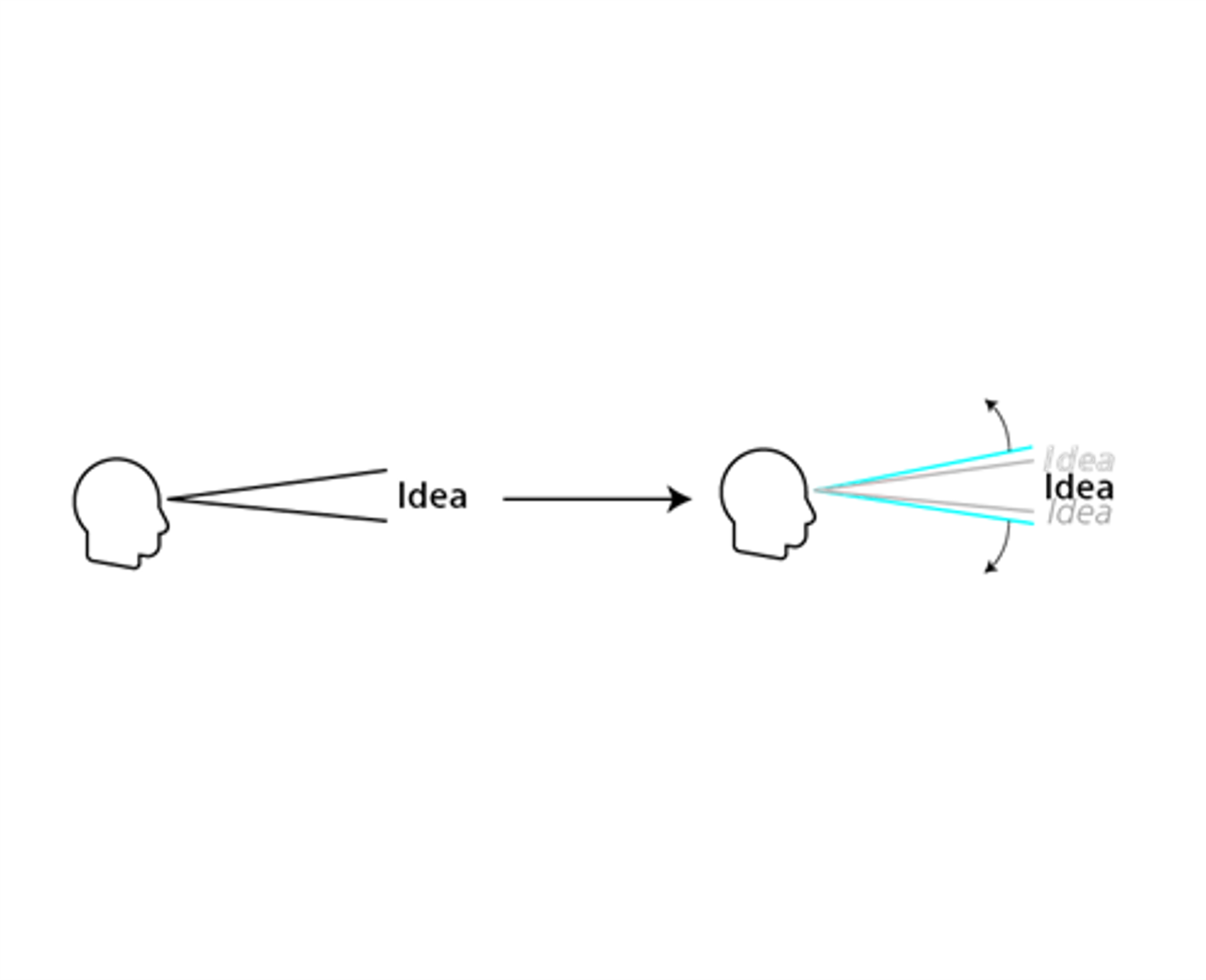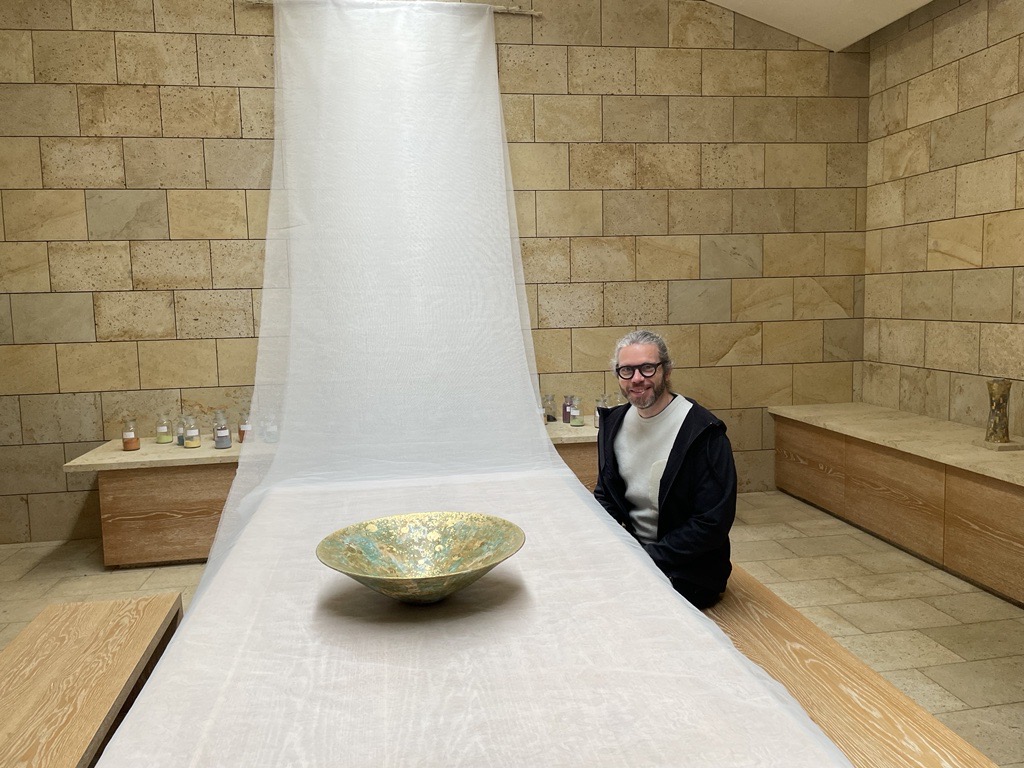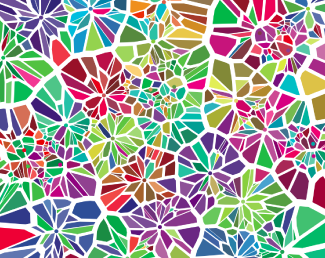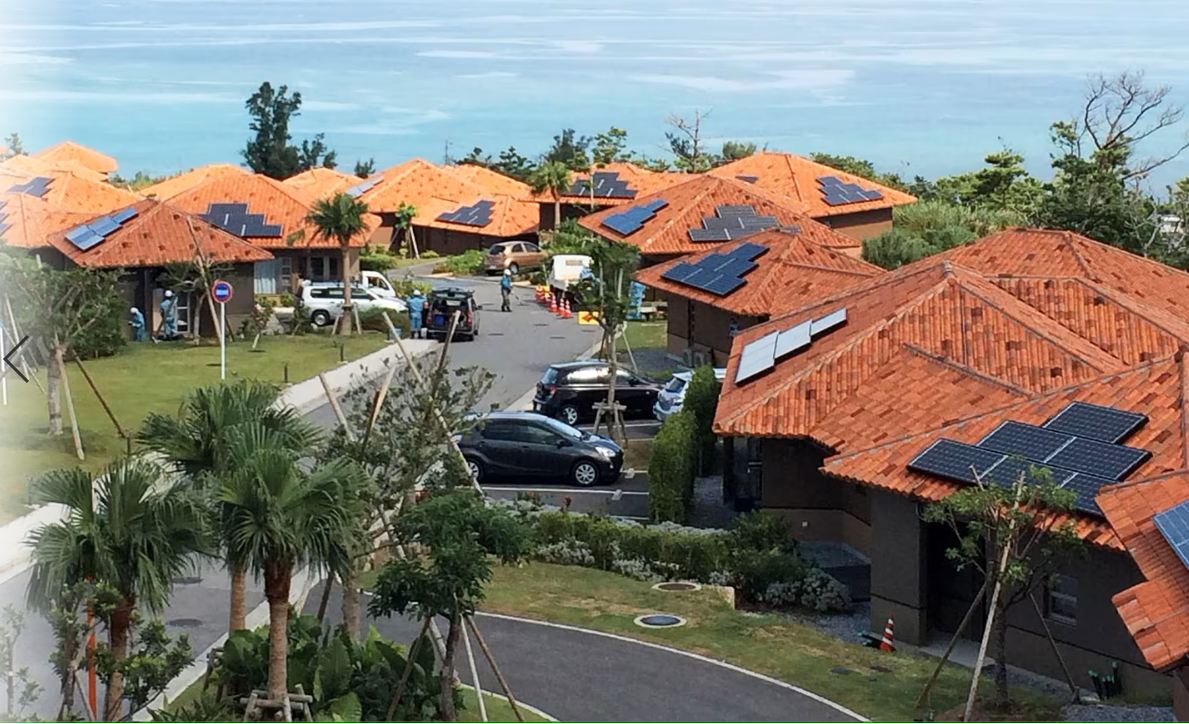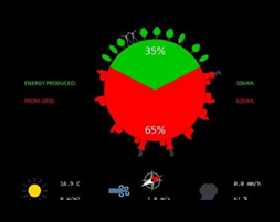人は遊ぶものです。あらゆる活動の中に人は楽しみを見出します。子供は空想を膨らませて不思議なキャラクターや設定が登場する奇想天外なストーリーを創り出すことができます。これは通常ロール・プレイングの延長線上にある遊びです。想像力を使って現実世界について知っていることを色々と組み合わせ、足りない部分を埋めていくのです。空を走る電車もあれば、世界一周も数秒で可能。ファンタジーの世界は無限です。
しかしながら、ある発達段階に達すると、殆どの子どもたちはオリジナルのストーリーや世界、キャラクター、そして遊びのルールを作らないようになり、他者によって巧みにデザインされた経験の中に楽しみを見出すようになってしまいます。こうして与えられた世界は面白くて、その中を次々と探索することはできても、そこに登場する主人公たちの関係性は既に出来上がったものです。つまり、他者の作り出した世界に没頭する、受け身の遊びへと変化してしまうのです。
本プロジェクトの主なコンセプトは、あらゆる人とものがつながっていく社会における娯楽を新たな視点から見つめ、より価値のあるユーザーエンゲージメントと楽しみを提供できるコンテンツを提案することです。
このプロジェクトを率いる研究員であるアレクシー・アンドレは、受動的な遊びの効率性を認めつつも、それが最良の遊び方だとは考えてはいません。映画や小説、TVシリーズは感動を与えることはできても、視聴者、読者がそのコンテンツに介入することはできません。次世代のエンターテインメントの鍵を握るのは、各ユーザーに対して、いかにユニークな体験を提供できるかどうかだと彼は考えています。つまり、ユーザーに積極的な関わりを求め、それによって経験そのものがどんどん変化していくスタイルのエンターテインメントが主流になると考えているのです。
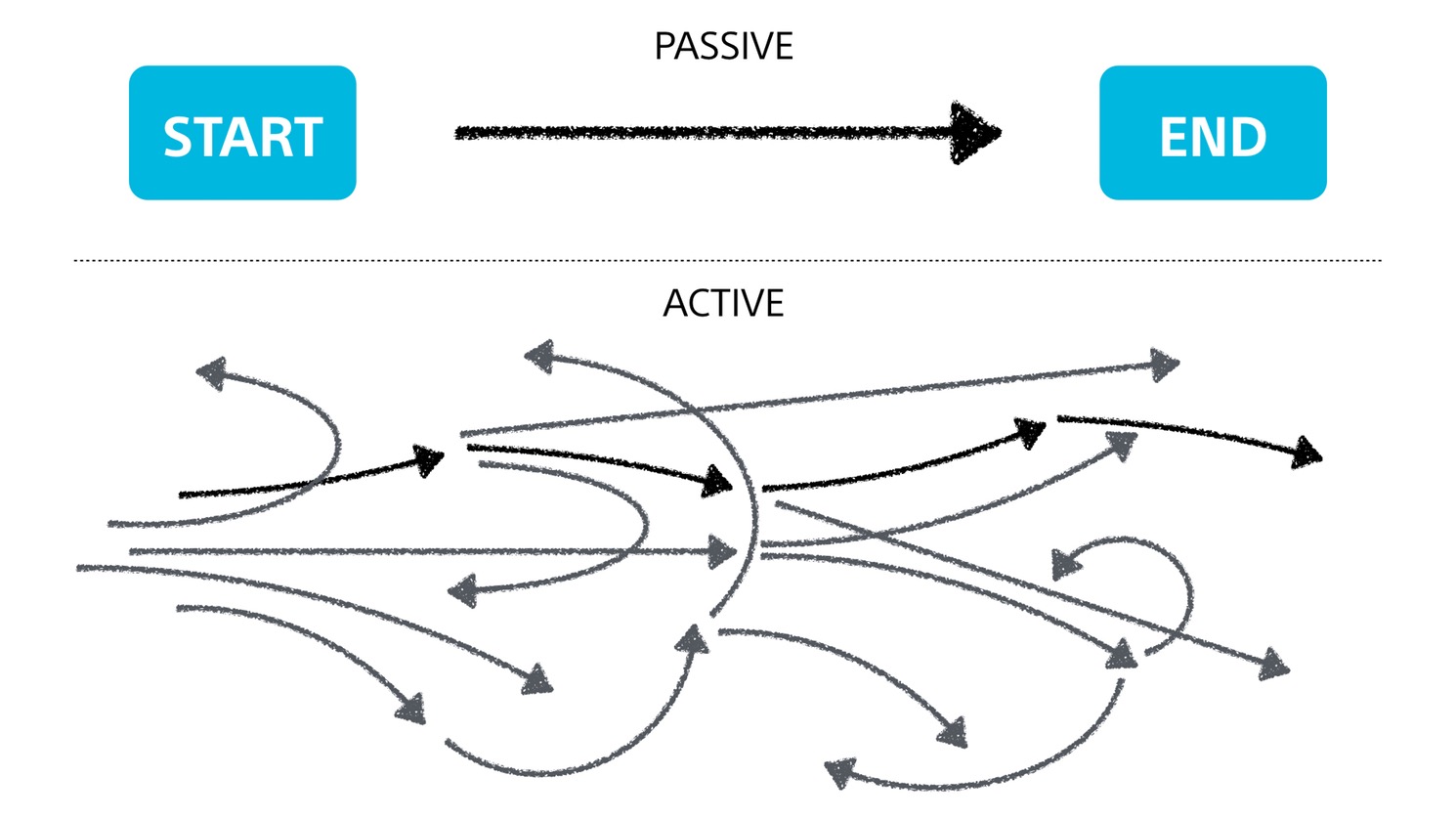
アンドレが考える遊びには二つの重要な側面があります。システムのルールを自由に変えながら、遊びの世界をどんどん膨らませて双方向性を作り出せること。そして、遊びの中の様々な要素に積極的に関わっていくことができることです。
このコンセプトを物理的なおもちゃに応用するにはどうすれば良いのか。そうした環境を提供するには何が必要で、そこで必要となる情報はどのようにして収集すれば良いのか。
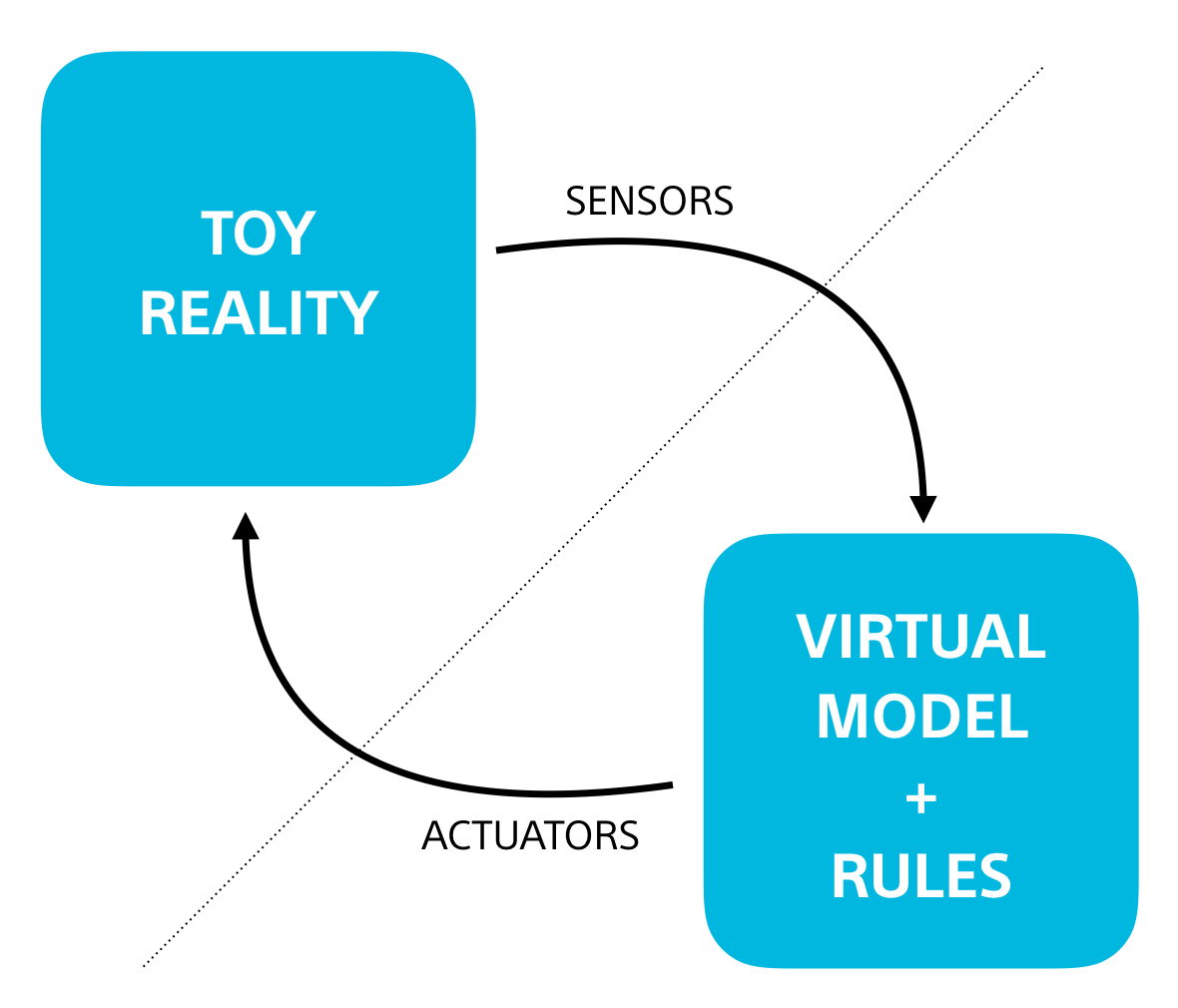
2012年より、遊びの場において何が起きているのかを把握し、フィードバックを提供できるトイ・プラットフォームの製作に取り組んできました。「おもちゃの現実世界」の仮想モデルを作り、そこに遊びのシナリオによって異なるルールを適用するという試みです。殆どの遊びにとって必要なルールは、場所、方向、時間という形で示すことができます。
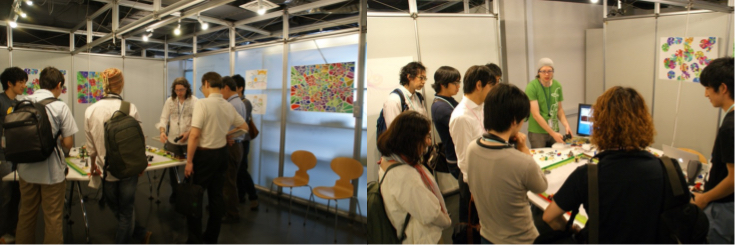
このプラットフォームの二つ目のポイントは、キャラクターを主体として遊びが展開していくことです。遊びのシナリオのキャラクターの中に小型の自律ロボットを組み込むことでこれを実現することができました。この自律ロボットは、空間における位置を把握し、その情報を発しながら、その場のルールに従って動いていくという重要な役割を果たしています。
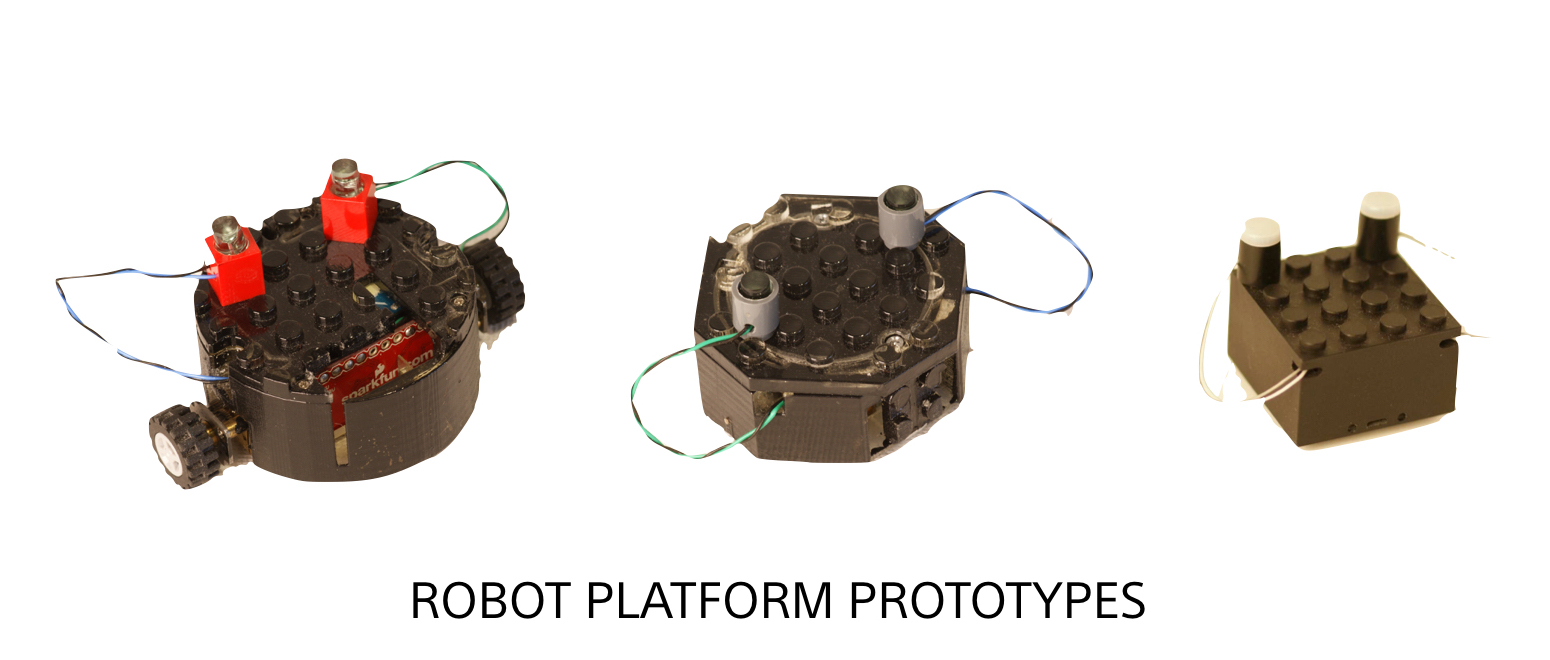
2017年6月発表のトイ・プラットフォーム「toio™」は、未来の遊びのコンセプトをおもちゃとして製品化するものです。
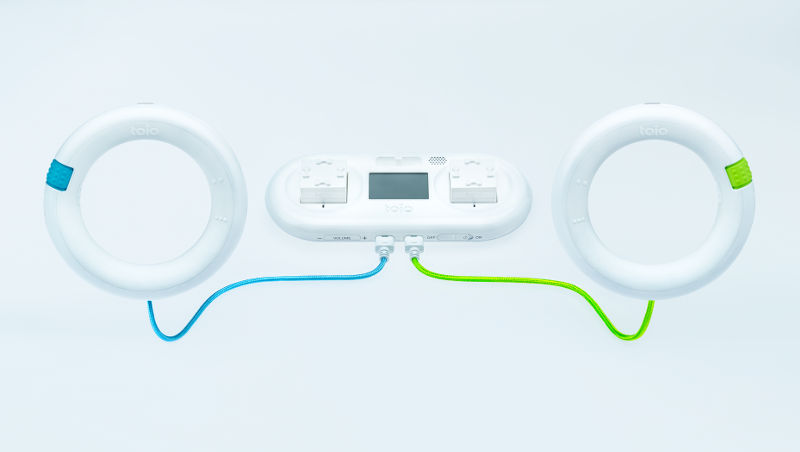
関連記事
WIRED (2013/06/04)
「ソニー研究所、双方向LEGOブロックを開発中」
http://wired.jp/2013/06/04/sony-lego-team-up-to-create-programmable-interactive-lego-bricks/ (JP)日本語
ars technica (2013/05/04)
"Sony, Lego team up to create programmable, interactive Lego bricks"
https://arstechnica.com/gaming/2013/06/sony-lego-team-up-to-create-programmable-interactive-lego-bricks/ (EN)英語
Humans play, finding sources of fun in almost any activity. Children come up with amazing stories with made-up characters and settings, usually an extension of role-playing. Their imagination combines what they know from the real world, filling up the holes when they need to. Flying trains are OK, going around the world in a few seconds is of course possible and we have not even reached any fantasy land yet.
The point is that there is a step in the development of the child where most of them stop creating their stories, their worlds, their characters, their rules and instead find entertainment in crafted experiences designed by others. Those experiences offer deep worlds to explore, established relationships between the protagonists: in other words, the entertainment becomes passive as they immerse themselves in the creation of others.
The key concept behind this project is to propose a new way to look at entertainment in our connected society, where contents that are uniquely catered to the user provide better value in terms of engagement and fun.
For lead researcher Alexis Andre, the passive play type, while being very efficient to provide entertainment, might not be the best way. Films, novels, TV series offer strong experiences but let nothing open for the audience to interact with. Alexis Andre believes the key to the next generation of entertainment is to provide unique experiences to anybody, where active participation by the user is needed but also affects the experience itself tremendously.

In terms of play, there are two aspects that are believed by Andre to be of importance: to be able to explore the play space by playing with the rules of the system to create interactions in an emerging way and to be able to actively interact with the elements of the play.
Applying this concept to physical toys raises a couple of questions: what is needed to provide such environment and how to gather this information?

Starting in 2012, the idea is to build a toy platform that is able to understand what is actually happening in the play area and is then able to provide feedback. In other words, building a virtual model of the “toy reality” then apply rules depending on the play scenario. The rules that are needed to enforce most types of play can be expressed in terms of location, orientation and time.


Announced in June 2017, the “toio™” toy platform is the realization of the concept of the future of play applied to toys, as a consumer product.

Related Articles
ars technica (2013/05/04)
"Sony, Lego team up to create programmable, interactive Lego bricks"
https://arstechnica.com/gaming/2013/06/sony-lego-team-up-to-create-programmable-interactive-lego-bricks/ (EN)英語
